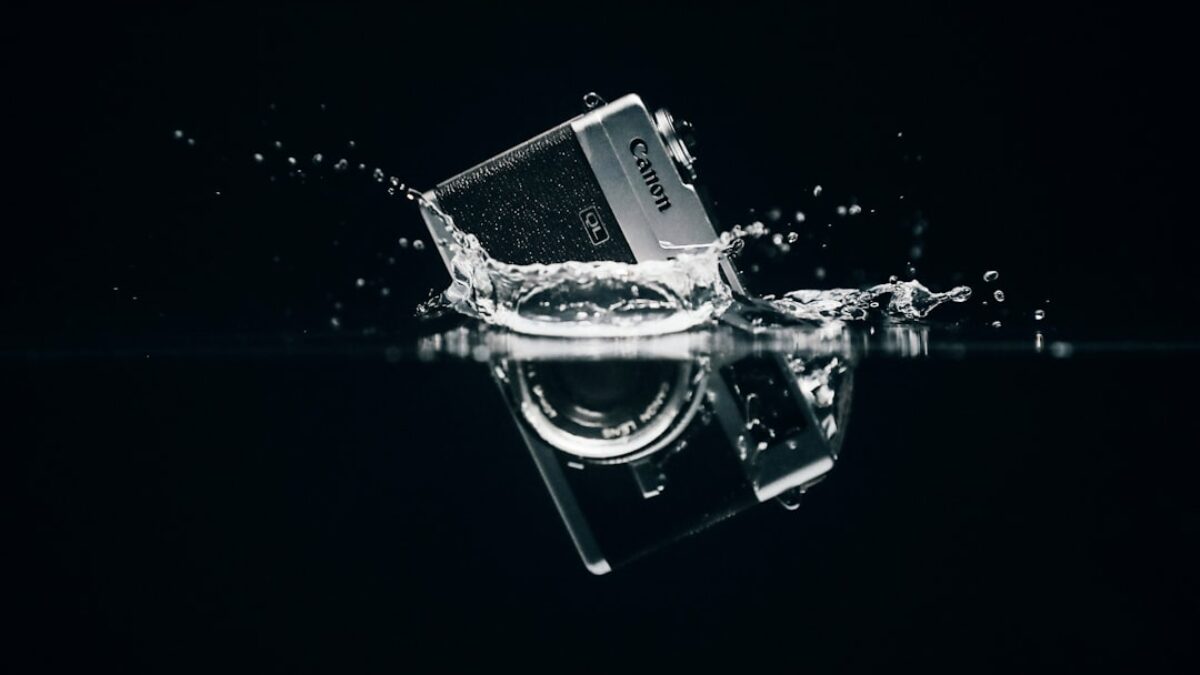Ramadan is a month of spiritual renewal, community, and self-discipline. Yet for millions of Muslims worldwide, the daily fast from sunrise to sunset brings a practical challenge: how to stay safely and effectively hydrated when water is off-limits for up to 16–18 hours. Dehydration not only causes headaches, fatigue, and mood swings, it can also undermine the very goals of Ramadan—patience, clarity, and increased worship. This Ultimate Ramadan Hydration Guide distills the latest sports-science research, traditional wisdom, and real-world Ramadan experience into proven tips you can apply tonight. Whether you are a first-time faster, a breastfeeding mother, an endurance athlete, or simply someone who wants to avoid the 3 p.m. slump, the information below will help you maintain optimal fluid balance and thrive throughout the holy month.
Understanding Ramadan Hydration Challenges
The Physiology of Fasting and Fluid Loss
During daylight fasting hours the body enters a controlled state of euhydration. Because no water is ingested, every breath you exhale, every unit of sweat evaporating from your skin, and every trip to the bathroom depletes total body water by roughly 1–2 % per hour. By mid-afternoon, blood volume can drop 5–7 %, triggering the thirst mechanism and reducing physical and cognitive performance. Understanding this timeline is key: you cannot “catch up” with chugging water at iftar; instead, you must front-load and micro-replenish strategically during non-fasting hours.
Common Misconceptions
- Myth: “Eight glasses a day still apply.” Reality: Needs scale with climate, activity, and sodium intake; many fasters require 10–12 cups between iftar and suhoor.
- Myth: “Tea and coffee count toward hydration.” Reality: Caffeine has a mild diuretic effect; count only half the volume and offset with extra water.
- Myth: “Thirst is a good indicator.” Reality: Thirst lags behind cellular dehydration; use urine color and body-weight trends instead.
Risk Factors That Amplify Dehydration
- Hot or humid climates (increased insensible loss)
- High-protein suhoor meals (urea production increases water demand)
- Strenuous exercise (Taraweeh prayers can equal 30 minutes of cardio)
- Medications such as diuretics, antihistamines, or ADHD stimulants
- Medical conditions including diabetes, kidney disease, or breastfeeding
Key Components of an Effective Ramadan Hydration Plan
Fluid Timing: The 3-Phase Hydration Model
Think of hydration like an investment portfolio—diversified and time-staggered.
- Phase 1 – Rehydration Window (Iftar to Maghrib + 45 min): Aim for 500–700 ml immediately at sunset. Break the fast with 2–3 dates plus 250 ml water, pray Maghrib, then slowly sip another 250–450 ml over the next 30 minutes. This rapid but gentle intake replaces roughly 50 % of the day’s losses without overwhelming the stomach.
- Phase 2 – Equilibrium Window (After Maghrib to 2 a.m.): Consume the remaining 60 % of daily fluids. Distribute evenly: one glass every 30–45 minutes. Include water, herbal infusions, and food-bound water (see next section).
- Phase 3 – Pre-Fast Surge (Suhoor): Top up the tank with 400–600 ml. Add a pinch of natural sea salt or an oral rehydration tablet to slow gastric emptying and maintain sodium balance.
Quality of Fluids: Beyond Plain Water
Electrolyte-Rich Options
- Homemade Oral Rehydration Solution (ORS): 500 ml water + ⅛ tsp salt + 1 tsp honey + squeeze of lemon. Provides 300 mg sodium, 6 g carbs, and vitamin C to enhance absorption.
- Coconut water: Natural potassium (~600 mg per 250 ml) and magnesium. Choose unsweetened varieties.
- Laban or kefir: Probiotic dairy rich in potassium and calcium; the lactic acid slows gastric emptying, prolonging hydration.
Food-Bound Hydration
| Food (100 g) | Water Content (%) | Key Minerals |
|---|---|---|
| Cucumber | 96 % | Potassium, silica |
| Watermelon | 92 % | Lycopene, potassium |
| Plain yogurt | 85 % | Calcium, phosphorus |
| Oats (cooked) | 84 % | Magnesium, beta-glucan |
Smart Suhoor Plate: Macro Ratios for Water Retention
Design suhoor around the 3F framework:
- Fluid: 2 cups total from water, milk, or smoothie.
- Fiber: 7–10 g from oats, chia seeds, or berries to trap water in the colon.
- Fats: Healthy fats (avocado, nut butter) delay gastric emptying, extending satiety and hydration.
Benefits and Importance of Proper Hydration in Ramadan
Physical Performance
Well-hydrated fasters perform up to 20 % better in evening workouts and Taraweeh prayers, according to a 2025 study in the Journal of Sports Nutrition. Hydration supports blood-flow to muscles, prevents cramping, and accelerates next-day recovery.
Cognitive and Spiritual Focus
Even 1 % dehydration impairs short-term memory and concentration—the exact faculties needed for Qur’an recitation and khushoo (spiritual presence). Maintaining fluid balance reduces irritability, allowing deeper engagement with nightly prayers.
Metabolic and Digestive Health
Adequate water helps the liver metabolize stored fat during fasting, assists kidneys in clearing urea after high-protein meals, and prevents constipation that can plague low-fiber Ramadan diets.
Practical Applications: Day-by-Day Hydration Playbook
Week Before Ramadan: Hydration Audit
Track your baseline urine color for three days: aim for pale-straw color every 2–3 hours. Weigh yourself at the same time daily; fluctuations < 1 % indicate good fluid stability. Note caffeine sources and cut back gradually to avoid withdrawal headaches on Day 1.
Ramadan Day-1 Template (14-hour fast, moderate climate)
- Iftar (6:30 p.m.): 3 dates + 250 ml water → pray Maghrib → lentil soup (300 ml broth) → gradual 250 ml water over 30 min.
- Post-Taraweeh (9:30 p.m.): Smoothie—250 ml unsweetened almond milk, ½ banana, 1 tbsp chia, pinch cinnamon (counts as 250 ml fluid + fiber).
- Before Bed (11:00 p.m.): 200 ml chamomile tea; keep a 500 ml bottle on nightstand for micro-sips if you wake.
- Suhoor (4:00 a.m.): 1 cup water (250 ml) + overnight oats (soaked in ½ cup milk = 120 ml) + cucumber slices (100 g = 96 ml water) = 470 ml total.
- Total fluid intake: 1.7 L between iftar and suhoor, plus food-bound water ~400 ml → 2.1 L, sufficient for most adults.
Customizing for Climate and Activity
Hot Desert Climate (>38 °C)
- Increase Phase 1 volume to 750 ml at iftar (include ORS).
- Add cold foot-bath between Maghrib and Isha to reduce core temperature and sweating.
- Cool suhoor smoothie with mint and ice cubes to pre-lower body temperature.
High-Intensity Athletes
If you train right before iftar:
- 30 minutes pre-workout: 250 ml electrolyte drink (to prime but not bloat).
- Immediately after workout: 150 % fluid replacement rule—for every 0.5 kg lost, drink 750 ml over the next 2 hours.
- Use weigh-ins before and after training to quantify exact sweat loss.
Special Populations
Pregnant or Breastfeeding Mothers
- Increase total daily fluids by 25 % (breastfeeding women produce ~700 ml milk daily).
- Incorporate calcium-rich liquids like fortified laban to support fetal bones and milk mineral density.
- Monitor infant diaper output; fewer than 6 wet diapers/day may signal maternal dehydration.
Elderly Adults
- Declining thirst sensitivity → set phone alarms for 200 ml fluid every hour between iftar and bedtime.
- Include broth-based soups for palatability and sodium replacement.
- Avoid diuretic medications at suhoor; consult physician to shift timing to post-iftar.
Frequently Asked Questions
What is the minimum amount of water I need between iftar and suhoor?
For most healthy adults in temperate climates, 2.0–2.2 L is the baseline. Add 500 ml for every hour of moderate exercise and another 500 ml if ambient temperature exceeds 30 °C. Pregnant or breastfeeding women should add another 500–750 ml. Monitor urine color: if it is darker than pale straw by 10 a.m., increase intake the following night.
Can I count coffee, tea, and soft drinks toward my fluid total?
Only partially. Caffeinated beverages have a net diuretic effect of roughly 0.3 ml lost per 1 ml consumed. Count them at 70 % volume and always pair with an equal amount of plain water or herbal tea. Sugary soft drinks spike insulin and then crash, potentially increasing thirst; best to reserve them for occasional treats rather than hydration staples.
How do I know if I’m over-hydrated?
Watch for clear urine every time you void, ankle swelling, or a sudden 1 kg weight gain overnight. These signal dilutional hyponatremia—rare but serious. Scale back fluids by 250 ml increments and add a small pinch of salt to restore sodium balance.
What are the signs I should break my fast for medical dehydration?
- Dizziness upon standing (orthostatic hypotension)
- Rapid heartbeat at rest (>100 bpm)
- No urination for 8+ hours or urine that is dark orange
- Confusion or fainting
Islamic jurisprudence allows breaking the fast when health is at risk; consult both a medical professional and
























Post Comment